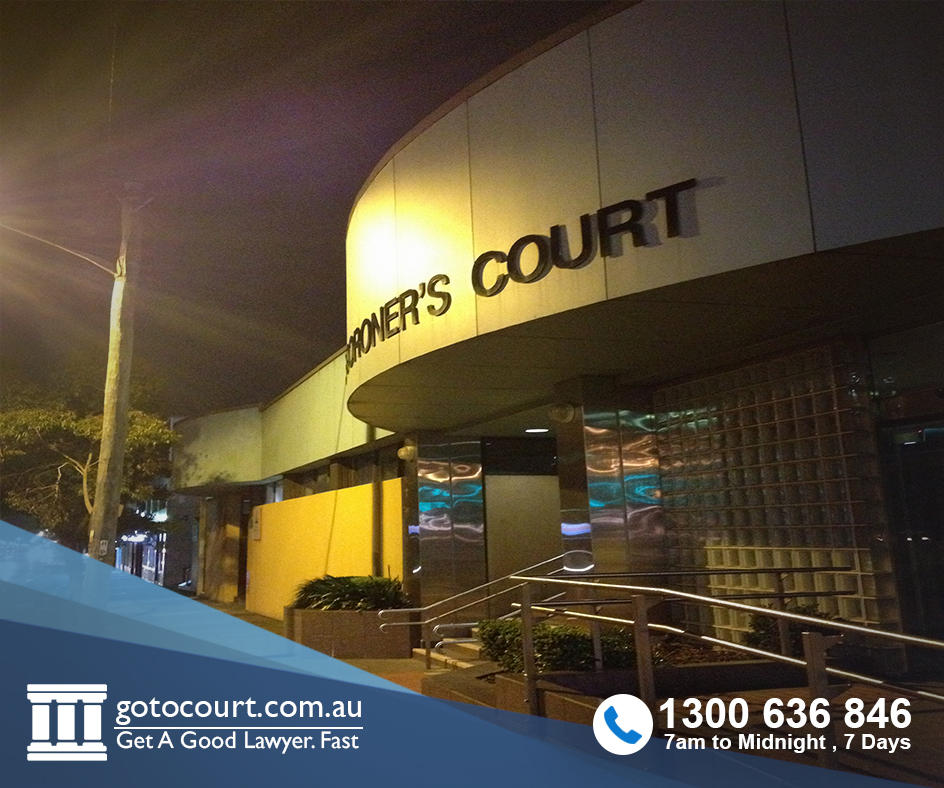Refund of a Residential Tenancy Bond in Queensland (QLD)
Payment of a bond is generally required when renting a residential property. A residential tenancy bond is for the financial protection of the lessor, in the event the tenant breaches the tenancy agreement. Bonds are legislated under the Residential Tenancies and Rooming Accommodation Act 2008. This article outlines the process for refunding a bond at the end of a residential tenancy.
Residential Tenancy Bond Refunds Overview
Vacating Property | Agreed Refund | Disputed Bond | Conciliation
The amount of a residential tenancy bond depends on the weekly rent of the property. If the rent is under $700 per week, the maximum amount of money that can be held as a bond is the equivalent of 4 weeks’ rent. If the rent is over $700.00, there is no maximum amount of bond to be paid. Usually, where the rent is high, a bond amount is decided by agreement between the lessor and the tenant.
Once a bond has been paid to the lessor, the lessor must lodge the bond with the Residential Tenancies Authority (RTA) within 10 days. To do this, a Form 2 must be filed with the RTA. The tenant will receive a notice their bond has been lodged, and a receipt from the lessor.
Vacating a property
When a tenant vacates a property, they must leave the property in the same condition as when they moved in. The inside of the property must be thoroughly cleaned. Carpets need to be professionally cleaned and generally, if you have had pets, a pest spray must be completed. Lawns, gardens and outdoor areas must be left as they were when the tenant moved in. Any damages are to be repaired, and all keys are to be returned.
The tenants and the Real Estate Agent will complete an Exit Condition Report. This is then compared to the Entry Condition Report. Fair wear and tear is considered and a determination is made as to the issues of the property that need to be rectified before new tenants move in.
Fair wear and tear is not defined in the legislation. It is known as deterioration to the property due to aging and normal use. Many factors are taken into consideration to determine whether the item has been damaged or has changed due to fair wear and tear. For example, a hole in the wall is damage, whereas sun fading on a curtain is fair wear and tear. Often parties disagree as to what is fair wear and tear and this can lead to a bond dispute.
Agreed residential tenancy bond refunds
If the Lessor and Tenant agree on the refund of a residential tenancy bond – whether that be full payment to the tenant, or part payment to the lessor and remainder to the tenant – then a form 4 Refund of Bond form can be lodged with the Residential Tenancies Authority.
Division 2 of Part 3 of the Act sets out the terms of bond refunds. Bond payments are only allowed to be paid in accordance with this Division. The Act sets out what must occur if there is only one contributor as well as where there is more than one contributor. Section 136 sets out how the bond will be paid depending on the number of contributors and how the agreement was made.
Once the RTA receives the Form 4 signed by all parties, it takes approximately 5 days before the bond monies are paid into the nominated accounts.
Disputed residential tenancy bond
If you have a dispute with regards to your residential tenancy bond, a Form 16 must be lodged with the RTA. If the Form 4 has not been signed by both the tenant and the lessor, then a Notice of Claim will be sent to the party that did not sign the form, and they will have 14 days to lodge a dispute with the RTA. This is done by lodging a form 16.
A tenant may be able to come to an agreement with the lessor and have part of the bond released, with the RTA only holding the disputed amount. If no such agreement is reached, the RTA will continue to hold the whole bond until the dispute has been settled.
Read More: Residential Tenancies Disputes in Queensland
Conciliation
The parties will then be part of the RTA’s conciliation process. The purpose of the conciliation process is to endeavour to settle disputes without going to court. The process is voluntary, and the parties are asked if they would like to participate prior to the conciliation conference.
The process begins with a three-way telephone call between the lessor, the tenant and a Conciliator. Parties are not allowed to record the conference, nor have anyone else listen in. The Conciliator will give each party a chance to speak and attempt to negotiate between the parties.
If an agreement is reached, then the bond form is signed by both parties and lodged with the RTA. If an agreement is not reached, then a “Notice of Unresolved Dispute” is issued and the parties can go to QCAT. Once the notice is issued, the disputing party has 7 days to make an application to QCAT and advise the RTA of this application. If no application is made within 7 days, the RTA must distribute the bond as per the form 4 lodged with the RTA.
If you require legal advice or representation in a tenancy matter or in any other legal matter, please contact Go To Court Lawyers.





